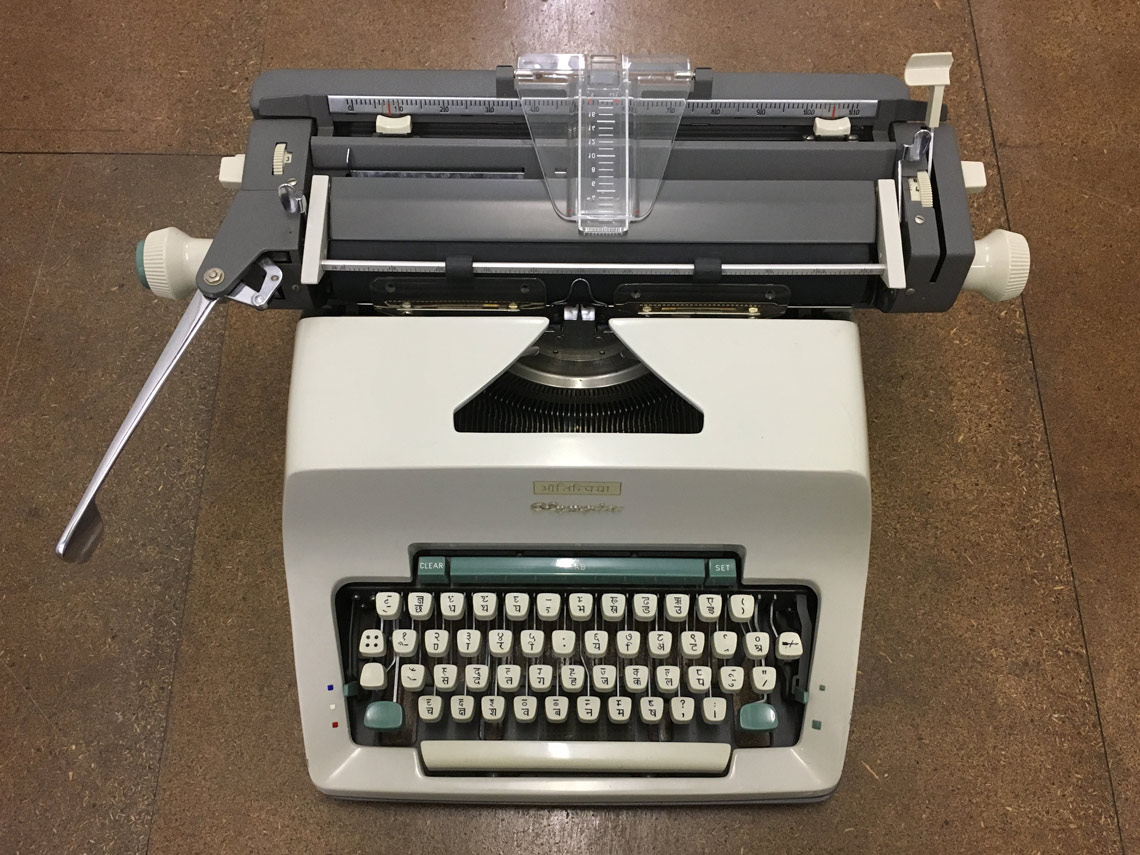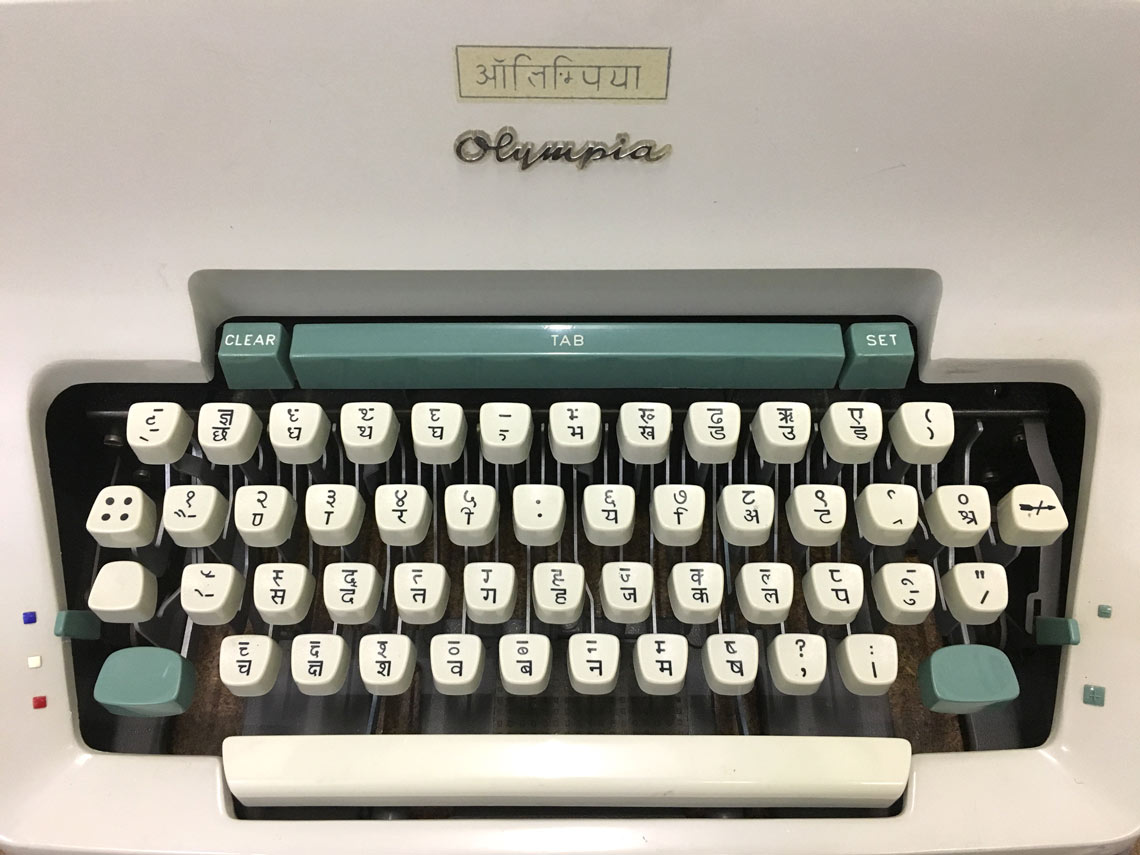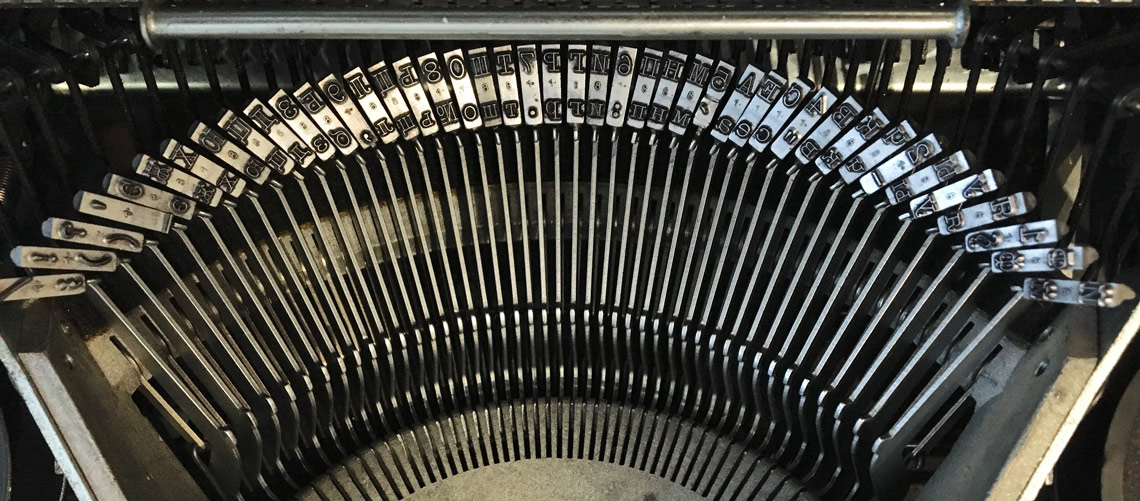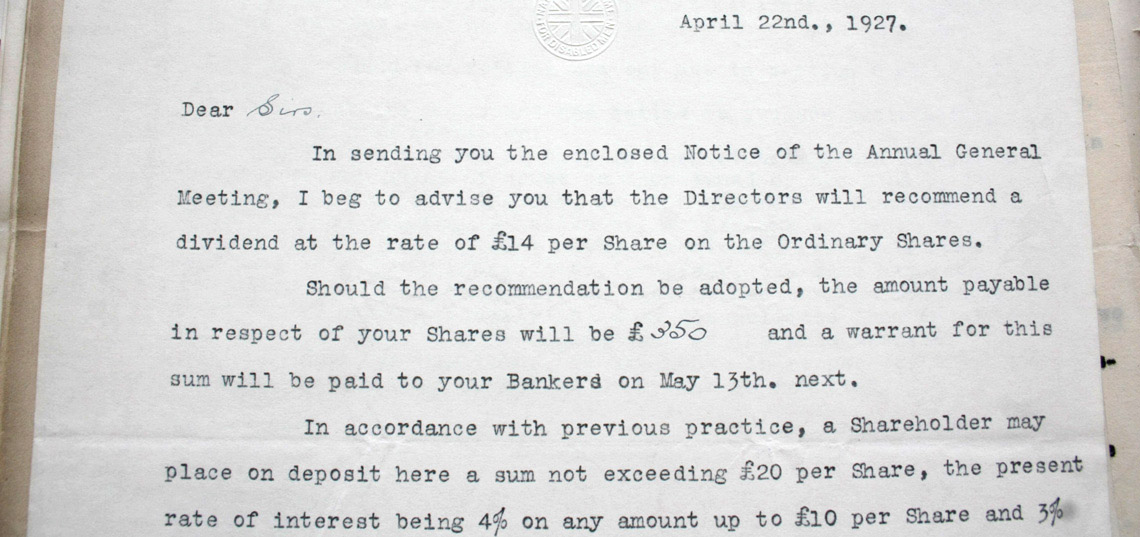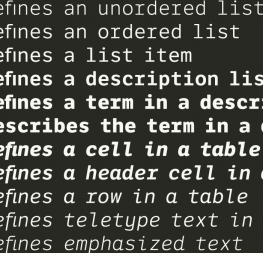The Making of Adelle Mono & Mono Flex
July 2020
Adelle Mono and Adelle Mono Flex find their origins in Veronika Burian’s keen observations about graphic design. First, that monospaced typefaces are used for their aesthetic qualities and in a range of applications that do not have the same limitations that birthed them; second, her type-designerly instinct to provide a better solution for that need. Pooja Saxena writes about this unique type family’s development.

